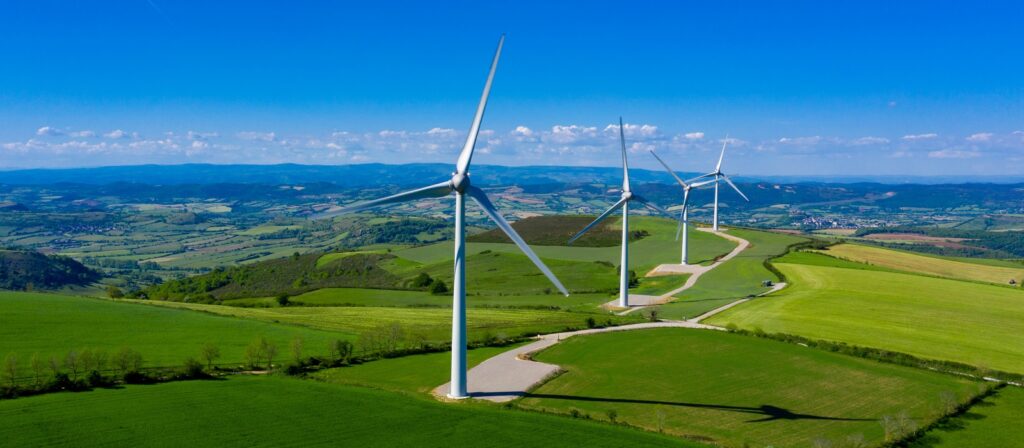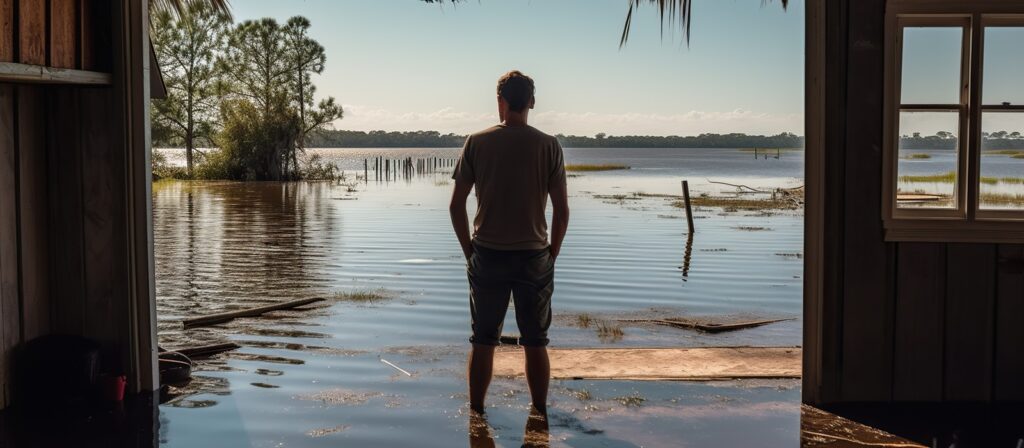In every advance or transformation of the global economy, from agriculture to the industrial revolution and international trade, insurance has played a pivotal role in enabling investment and capital flows. The transition to a net-zero emissions economy is the economic revolution of our times and insurance must once again rise to the challenge. This paper draws on expertise from within Gallagher Re and from the wider finance and climate change community to examine the scale of the risks posed by climate change itself and by the transition journey.
Climate change and the international drive to shift the global economy to net-zero represent a once-in-a generation challenge to the insurance sector. We have a responsibility and an opportunity to demonstrate the value that risk management can play in protecting society against the physical risks of climate change and in supporting the investment required.
The insurance industry draws a clear distinction between physical risk and transition risk. Physical risk describes the potential damage and loss caused by climate events, while transition risk encompasses the threats to business, principally regulatory, that arise from the change to a net-zero emissions economy.
The two, however, are not entirely unconnected. Regulatory risk involves demands on industry both to build resilience to physical threats and to reduce…
Member only content
Access the full member-only content
This is an abridged version. To access the full article/recording, please complete the form above to request the link to the full version being sent directly to you, or visit the member-only link for the ICMIF Knowledge Hub (for more details of how ICMIF members can access this please click here or contact ICMIF).


